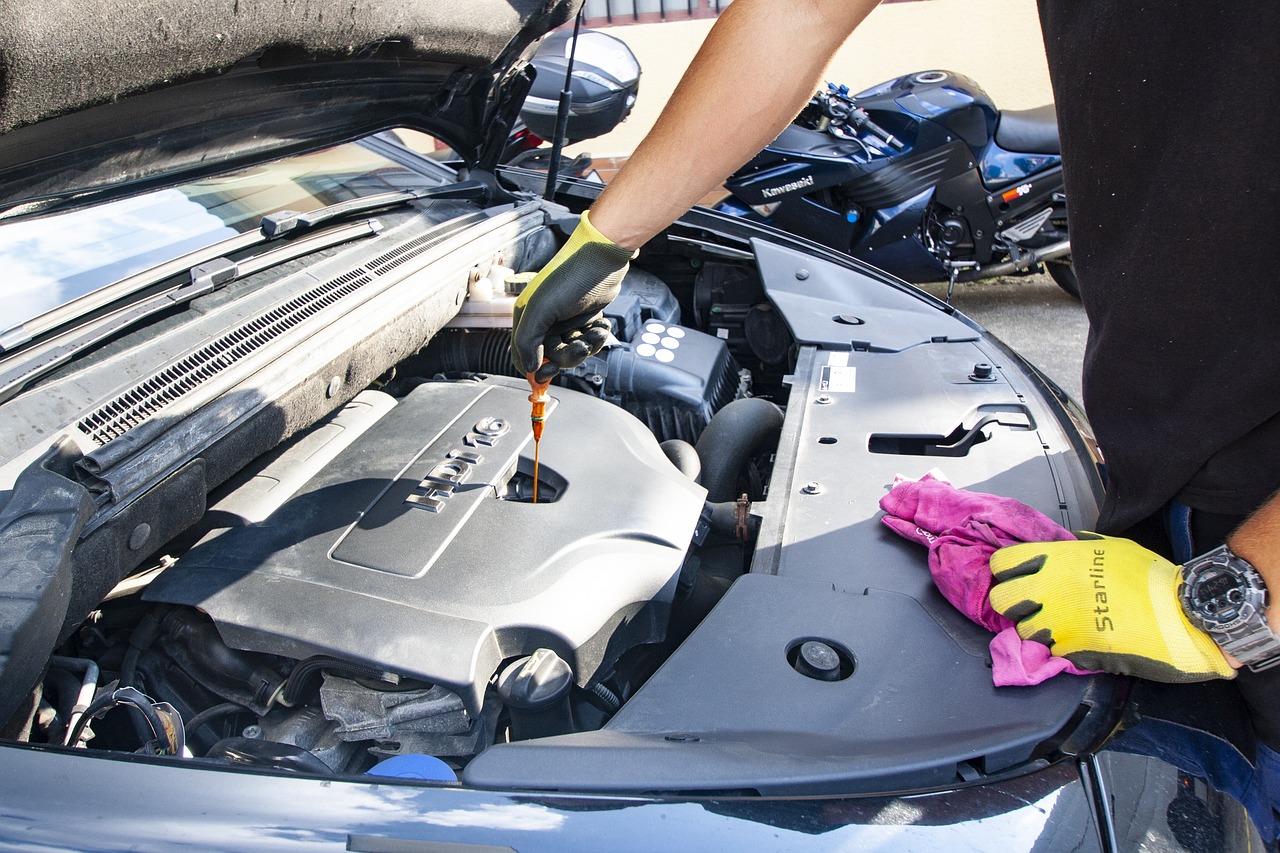How to Check Tire Pressure on an Audi A5 Cabriolet
Driving an Audi A5 Cabriolet is an exhilarating experience—a flawless blend of luxury, performance, and style. However, to ensure you’re enjoying the ride to the fullest, regular maintenance is essential. One vital aspect of upkeep is checking the tire pressure. Proper tire pressure not only guarantees safety but also enhances fuel efficiency and prolongs tire life. In this post, we’ll guide you through exactly how to check the tire pressure on your Audi A5 Cabriolet.
Why Tire Pressure Matters
Before diving into the steps, it’s crucial to understand why keeping an eye on tire pressure is important:
- Safety First: Under-inflated tires can lead to accidents due to poor handling or blowouts.
- Fuel Efficiency: Properly inflated tires reduce rolling resistance, leading to better gas mileage.
- Longer Tire Life: Maintaining adequate tire pressure reduces uneven wear, maximizing your tires’ lifespan.
Tools You’ll Need
Checking your tire pressure is straightforward and doesn’t require any fancy equipment. Here are the essentials:
- Tire Pressure Gauge: A digital gauge is recommended for accuracy.
- Air Compressor: Available at most gas stations if you don’t own one.
- Owner’s Manual: To find the recommended tire pressure settings.
Step-by-Step Guide
Step 1: Find the Recommended Tire Pressure
First, locate the correct tire pressure for your Audi A5 Cabriolet. This information can typically be found:
- Inside the driver’s side door jamb.
- In the owner’s manual.
- On the Audi website under your specific car model.
For the Audi A5 Cabriolet, typical recommendations often range between 32 and 36 PSI, but it’s always best to confirm with your specific model year.
Step 2: Prepare Your Tools
- Ensure your tire pressure gauge and air compressor, if needed, are within reach.
- It’s best to check tire pressure when tires are cold—ideally after the car has been parked for several hours.
Step 3: Remove the Valve Cap
- Head to the first tire and unscrew the valve cap. Store it safely to avoid losing it.
Step 4: Check the Pressure
- Firmly press the tire pressure gauge onto the valve stem. A digital or dial reading will appear, showing the current PSI.
- Compare this reading with the recommended PSI.
Step 5: Adjust the Pressure if Necessary
- If the PSI is lower than recommended, use an air compressor to fill the tire. Add air in short bursts, checking the pressure frequently to avoid over-inflation.
- If the PSI is higher than recommended, release some air by pressing the pin inside the valve stem with the gauge tip and recheck with the gauge.
Step 6: Replace the Valve Cap
- Once the correct pressure is achieved, screw the valve cap back onto the stem.
Step 7: Repeat for All Tires, Including the Spare
- Don’t forget to check and adjust the spare tire if your vehicle has one.
Tips for Maintaining Tire Pressure
- Regular Checks: Make it a habit to check tire pressure monthly and before long trips.
- Seasonal Changes: Bear in mind that tire pressure can fluctuate with temperature changes, so more frequent checks might be necessary in extreme weather conditions.
- Visual Inspections: Perform a quick visual scan for any visible signs of wear or damage.
Conclusion
Maintaining the proper tire pressure in your Audi A5 Cabriolet is an essential practice that ensures safety, efficiency, and durability. By following these simple steps, you can enjoy a smooth and worry-free drive. Remember, like any luxury vehicle, your Audi deserves the best care and attention to keep performing at its peak. Happy driving!






